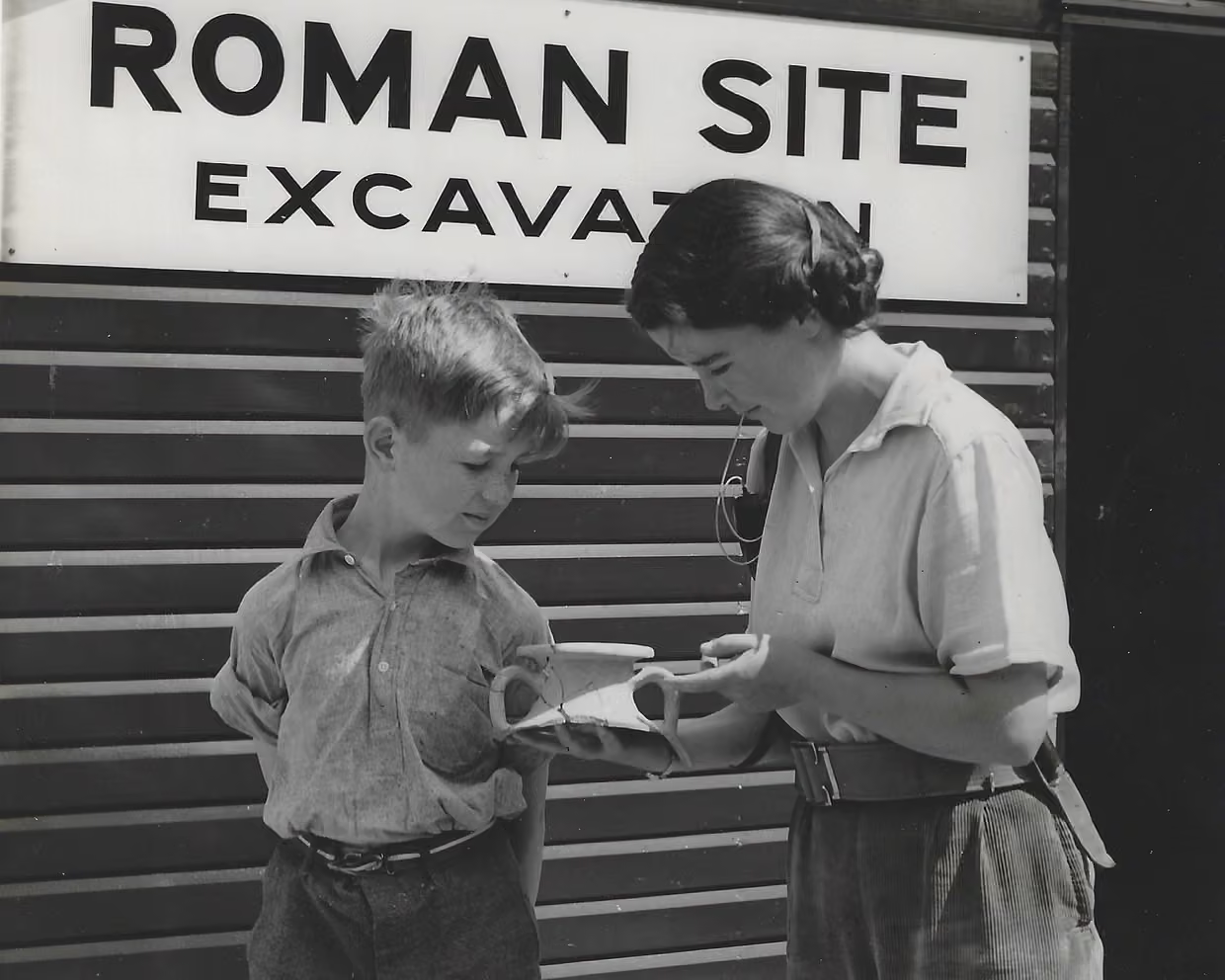A Quiet Pioneer Who Changed the Face of Ethnography
Margret Carey wasn’t a household name, but in the world of ethnography and African art, she was a quiet giant. Born in Dublin and deaf from birth, Margret defied odds at every stage of her life. From learning to lip-read as a child so she could attend mainstream schools, to becoming the first permanent female staff member in the British Museum’s ethnography department, her journey was marked by courage and determination.
She earned her degree in Ancient History from University College London and went on to gain a diploma from the Institute of Archaeology — the foundation of what would become a lifelong dedication to cultural heritage and beadwork studies. Her deep knowledge and passion for African beadwork inspired scholars around the world. Margret’s early career saw her leading Roman excavations and being featured in the press — an unusual and bold role for a young woman in the 1950s.
A Life Woven with Stories, Beads, and Legacy
Margret’s name is etched into the world of African art and anthropology. Her published works, including Beads and Beadwork of East and South Africa (1986) and its sequel focusing on West and Central Africa (1991), remain standard references for scholars and collectors. Her fieldwork with the Bemba people in Zambia in the 1970s brought indigenous craftsmanship to the world stage, culminating in a landmark exhibition at the Museum of Mankind in 1983.
Beyond books and exhibitions, Margret Carey founded and shaped many institutions we still rely on today. As a founding member of the Museum Ethnographers Group and trustee of the Bead Study Trust, she mentored a new generation of researchers. She lectured internationally and could identify a rare bead necklace before she even introduced herself, as one colleague lovingly recalled.
Despite resigning her official museum post to raise her children, she continued as a consultant and global thought leader in her field. Her contributions to the Encyclopedia Britannica and lectures across Washington DC, Istanbul, and New Mexico reflect the depth of her influence.
A Gentle Goodbye, a Brilliant Light Remembered
In later life, Margret continued to share her curiosity and warmth as a volunteer at the Horniman Museum in South London. Those close to her knew her not only as a respected scholar but as a loving mother, grandmother, and creator. She sewed, read voraciously, knitted with skill, and crafted with the same hands that once uncovered Roman ruins and traced beadwork across continents.
Margret Carey passed away peacefully at age 95, leaving behind her daughters Emily and Anna, and four beloved grandchildren: Charlie, Edmund, Eva, and Bobby. She was preceded in death by her husband Michael, who died in 2020. The family — and the global ethnographic community — mourn the loss of a woman whose legacy will continue to shape museums, conversations, and h

